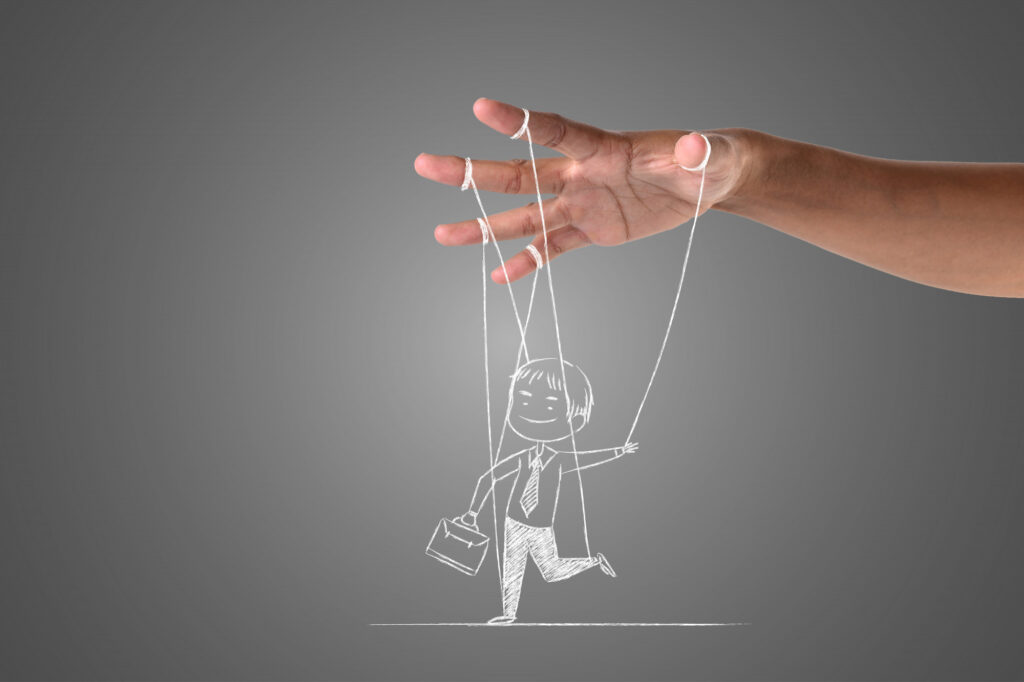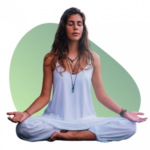Control can be a double-edged sword. It’s great to be organized, to have a plan, and to take charge. However, when the need for control becomes excessive, it can morph into an unhealthy obsession, straining relationships, creating unnecessary stress, and ultimately hindering your own happiness. If this resonates with you, the good news is that mindfulness can be a powerful tool to loosen the reins.

What Does it Mean to Be a 'Control Freak'?
Before we dive into solutions, let’s define the behavior. While we all have moments of wanting things to go our way, a control freak takes this to the extreme. Here are some common signs:
- Micromanaging: You constantly supervise and correct others, believing only you know the “right” way to do things.
- Rigidity: You have difficulty adapting when plans change or things don’t go as expected.
- Excessive worry: You spend an inordinate amount of time fretting about potential problems or mistakes.
- Difficulty delegating: You struggle to trust others with tasks, fearing they won’t meet your standards.
Blaming others: When things go wrong, you tend to point fingers instead of taking responsibility.
Why Do We Seek Control?
Often, the need for control stems from fear: fear of failure, fear of the unknown, and fear of losing power. It might also be rooted in past experiences where things felt chaotic or out of hand. While understandable, this urge can quickly spiral into an unhealthy coping mechanism.
How Mindfulness Can Help You Release Your Grip
Mindfulness is the practice of paying full attention to the present moment without judgment. Here’s how it can help you break free from the control trap:

- Awareness: The first step is to recognize when you’re slipping into control mode. Notice the physical sensations that arise – perhaps a tightening in your chest, a racing heart, or clenched fists. Observing these cues without judgment helps create space between you and the urge to control.
- Acceptance: Understand that not everything is within your power. Life is unpredictable, and sometimes things simply don’t go according to plan. Accepting this reality can be liberating, reducing stress and anxiety.
- Surrender: Letting go doesn’t mean giving up. It means releasing the need to manipulate every outcome. Try a simple exercise: visualize yourself opening your clenched fists and letting the tension flow out.
Trust: Begin to trust yourself and others. You don’t have to have all the answers or be perfect. Allow yourself to make mistakes, and allow others to show their capabilities.
Examples of Mindfulness in Action
- Mindful Breathing: When you feel the urge to control, pause and take a few deep breaths, focusing on the sensation of air flowing in and out of your body. This simple act can help ground you in the present moment and reduce anxiety.
- The Observer’s Perspective: Imagine yourself as an impartial observer of your thoughts and feelings. Notice the controlling thoughts without getting caught up in them. This creates distance, allowing you to respond more wisely.
Mindful Communication: Listen actively to others without interrupting or immediately formulating a response. Be open to their perspectives, even if they differ from your own.
It's a Journey, Not a Destination

Remember, letting go of control is a process, not an overnight transformation. Be patient and kind to yourself. With consistent mindfulness practice, you can cultivate a sense of inner peace, flexibility, and trust that allows you to navigate life’s uncertainties with grace and ease. You can free yourself from the grip of control freak behavior and cultivate healthier, more fulfilling relationships with yourself and others.










